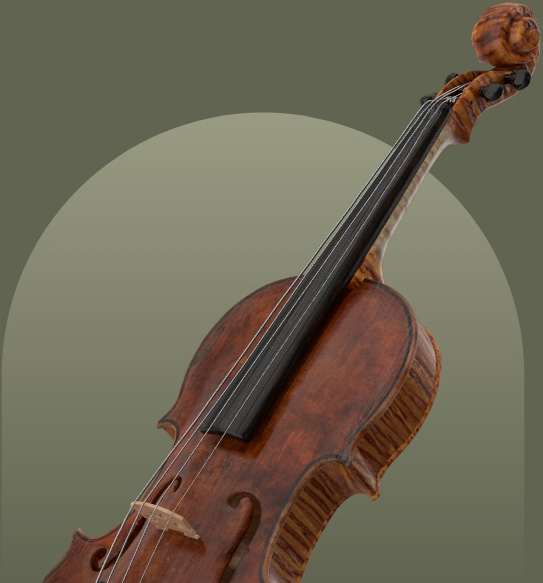John Dilworth
SICILIANO, Antonio Worked circa. 1800 Ancona Italy. One violin dated 1800 cited in Prof. I. Billè Gli Strumenti ad arco e i loro autori quoted by Vannes. Henley describes a large model with thick red-brown varnish. Work presently unknown.
Cecie Stainer
A maker in Venice about 1600. A tenor and a bass viola da gamba are in the Modena Museum, Vienna.
Willibald Leo Lütgendorff
Arbeiten von ihm sind mehrfach erhalten, die ihn als tüchtigen Meister erkennen lassen. Er stammte aus Bologna und nannte sich daher zeitweise auch kurzweg »Antonius Bononiensis«, z. B. auf dem Zettel einer Gamba mit abgerundeten Ecken im Museum des Lyceo filarmonico in Bologna. In einer Bassviola da Gamba (in derselben Sammlung) schreibt er seinen Namen Ciciliano. Vidal macht drei verschiedene Meister daraus: 1. Ant. Ciciliano, 2. Ant. Siciliano, und 3. Ant. Bononiensis. Eine Chitarrone (rom. Theorbe) in Berlin (kgl. Sammlung) mit zierlicher, geschmackvoller Rose (No. 722). In der Sammlung des Grafen Correr in Venedig befindet sich eine Viola da Gamba von ihm. Eine Theorbe mit doppeltem Wirbelkasten bewahrt das städtische historische Museum in Frankfurt a./M. (1,95 m lang). De Piccolellis führt nur den Namen Siciliano ohne weitere Bemerkungen an.
Karel Jalovec
Venice. 1630—1660. Native of Bologna who called himself also “Antonius Bononiensis” or, in other instruments Siciliano (or even Ciciliano). Because of these names, Vidal quoted three masters, though all three refer to the same man. A dexterous and assiduous master who made lutes, theorbos and violas.
